Every writer has a backlog of hot takes sitting in their draft folder on Twitter. Old classics such as:
“Actually, Majora’s Mask is a better Legend of Zelda game than Ocarina of Time.”
And of course, forbidden opinions that should never see the light of day like:
“Actually, The Simpsons Hit and Run is a better game than all of the Grand Theft Auto games except for GTAV.”
This list of controversial gaming opinions gets longer and longer every day, until something snaps and the writer’s truth must be told.
Well, today was the breaking point for me and it’s time to speak some truth. In an open-world game, a smaller world map is, in almost every case, better than a larger one.
Case Studies
There have been tons of open-world games thus far in 2019 and late 2018, all of varying quality. From the relatively well-received The Division 2 to the disappointing Anthem and Fallout 76, developers have continued a years-long trend of using map size as a selling point for their games.
The Division 2 doubled down on the size of the map as a selling point, claiming that their version of Washington DC. was a 1:1 scale replica of the actual Washington DC. The claim was largely backed up with Google Maps and Street View comparisons.
For real-world locations, this can be really cool. Exploring fictionalized versions of San Francisco in Watch Dogs 2, Los Angeles in Grand Theft Auto V, and New York City in countless games is a ton of fun. Doubly so if you live in the city that’s being represented. (Still waiting for a good recreation of Chicago, game devs. No, Watch Dogs doesn’t count. Chicago is not a series of islands.)
Larger maps seem to be equated with having more to do in the mind of the consumer, but it’s not easy for developers to fill them with interesting content. Consider Grand Theft Auto V, and its more recent Rockstar-developed compadre Red Dead Redemption 2.
The former has an alive and bustling metropolis in Los Santos, but that’s only a relatively small portion of the map. There are gigantic swaths of land in GTAV that are just empty desert or forest, devoid of life and excitement. Sure, there are things to do — there are always side missions to be found, and if all else fails, you can blow stuff up and see what happens, but the fun isn’t particularly concentrated.
This goes double for a game like Red Dead Redemption 2. The vistas are beautiful and varied, and ostensibly a large point of the game was for the player to enjoy the journey from point A to point B. That’s all well and good, but if the journey is the same five-to-seven minute affair every time, no matter how beautiful the journey is, it’ll get samey pretty fast and a player will want to skip past it.
Games like Crackdown and Saints Row get around this by making the simple act of traversing the map a huge part of the fun. Other games don’t really have that luxury and the concentration of activities and diversions really becomes a problem, especially for folks striving for 100% completion.
Thinking Small
In my extremely well-researched, and therefore incredibly correct opinion, the gold standard for a map in an open-world game is the four-or-five square block maps of the Yakuza series.
Before you get your pitchforks out, hear me out on this.
Yakuza’s maps are small, yes, but they’re absolutely packed with things to do, many times mere steps from one another. Having the entire scope of the game condensed into a relatively small box means that every single aspect of the map can be fleshed out in a way that is unique compared to other open-world games.
There aren’t any buildings that look copy-and-pasted, each and every business name, apartment sign, lamppost, and public park looks unique and distinct from each other one.
All this makes movement easier, too. Individual streets are not just distinct and recognizable, but there are only a few of them in the game. You don’t need to use a map to, say, get to a mission that’s at the Club Sega on South Nakamichi street. You’ve passed by that landmark a million times, you know where it is.
Subconsciously, this does a lot to keep the looming specter of dissonance away. Every time a player pauses the game to check the map, the action stops and the player is ripped away from the experience of escaping into the world of the game for a bit. It’s necessary to have a small map if the goal is for the player to have a clear and, above all, detailed mental map of the game world.
Super Mario Odyssey wasn’t just a master class in 3D platforming, it was also a perfect case study for something like this. In creating a ton of smaller worlds, the developers made it easier for players to make mental landmarks, and therefore, learn the map.
Other great open-world games know this as well. I loved Spider-Man (PS4) for many reasons, but one of them was that its New York was both full of landmarks and highly condensed.
Like the Kamurocho of the Yakuza series, Spider-Man‘s New York City only takes a few minutes to traverse if you’re swinging around like a maniac, and the placement of waypoints and landmarks on-screen made it easy to know both where you were and where you were going at any time.
And although, yes, Spider-Man (PS4)‘s map was a few orders of magnitude bigger than Yakuza’s, the key is that, due to key design choices, it felt small. Moving around it was quick and painless, with no lulls in getting from point A to point B.
You’d never have the Skyrim problem of thinking you needing to travel 500-ish meters to your next objective before realizing you’ll actually need to traverse around a mountain to get there, then either go 2000 meters out of your way or try to break the game’s physics and brute force your way over the mountain with a horse.
These things make a map seem huge and empty.
Another thing that the Yakuza series does in service of its maps is to make it a point to allow the player to actually enter and patronize many of the buildings around the streets of Kamurocho. This is half the fun of the game; exploring the shops and entertainment venues around town and taking advantage of their minigames. The way all of these diversions are condensed gives the player a feeling that they’re not a tacked-on part of the game world, they’re integral to giving the world life.
This affects side missions, too. There are very few optional quests in the Yakuza series that are simple fetch quests, or “go over there and kill some guys” missions. And when they are, they’re all wrapped up in a narrative that is either silly, heartwarming, or wonderfully bittersweet. You care about the characters — they’re all named, voiced, and have lives distinct from what the player character is doing at any given time.
Defining “Scope”
This kind of stuff is important in a world-building sense. Scope isn’t just a question of the square footage in a game’s world map, it’s a question of density. An empty-feeling, but huge open-world doesn’t have the scope that a small map that’s packed with life and activities does. It’s analogous to a high-quality photo that can either be viewed in all of its glory in its original size, or can be blown up, causing visual glitches, blur, and pixelation.
For me, and I believe a whole lot of other gamers, the question of resolution is more important than the question of scale.
Scale is important if, and only if, a game developer needs more space to cram in activities and features to a map that’s already packed to the brim with truly interesting stuff to do. Otherwise, it’s just empty space for taking screencaps of beautiful vistas and taking part in random shootouts, but not much more. Red Dead Redemption 2 can get away with this because it is, at its heart, a game about isolation. Few other games have that excuse.

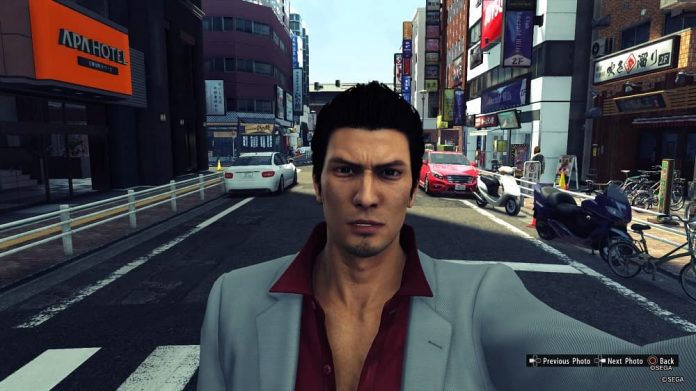
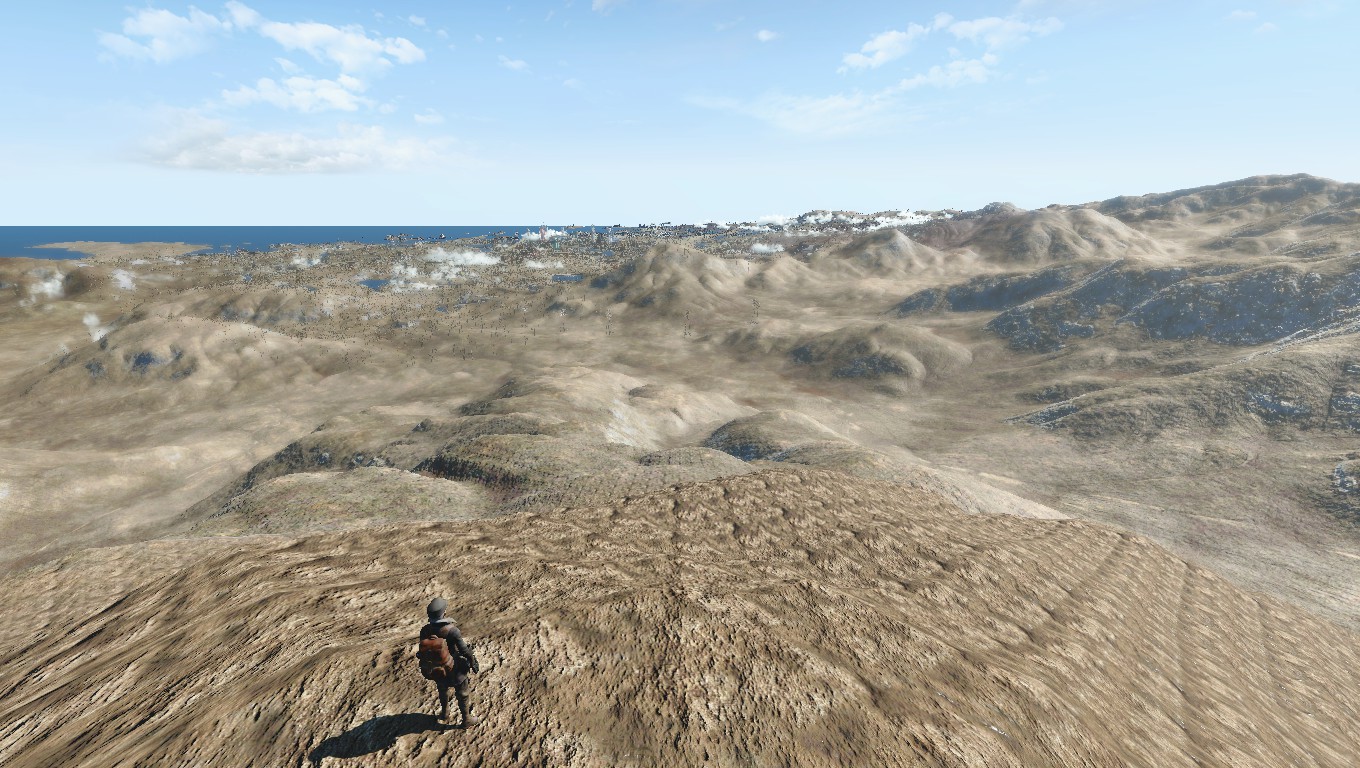
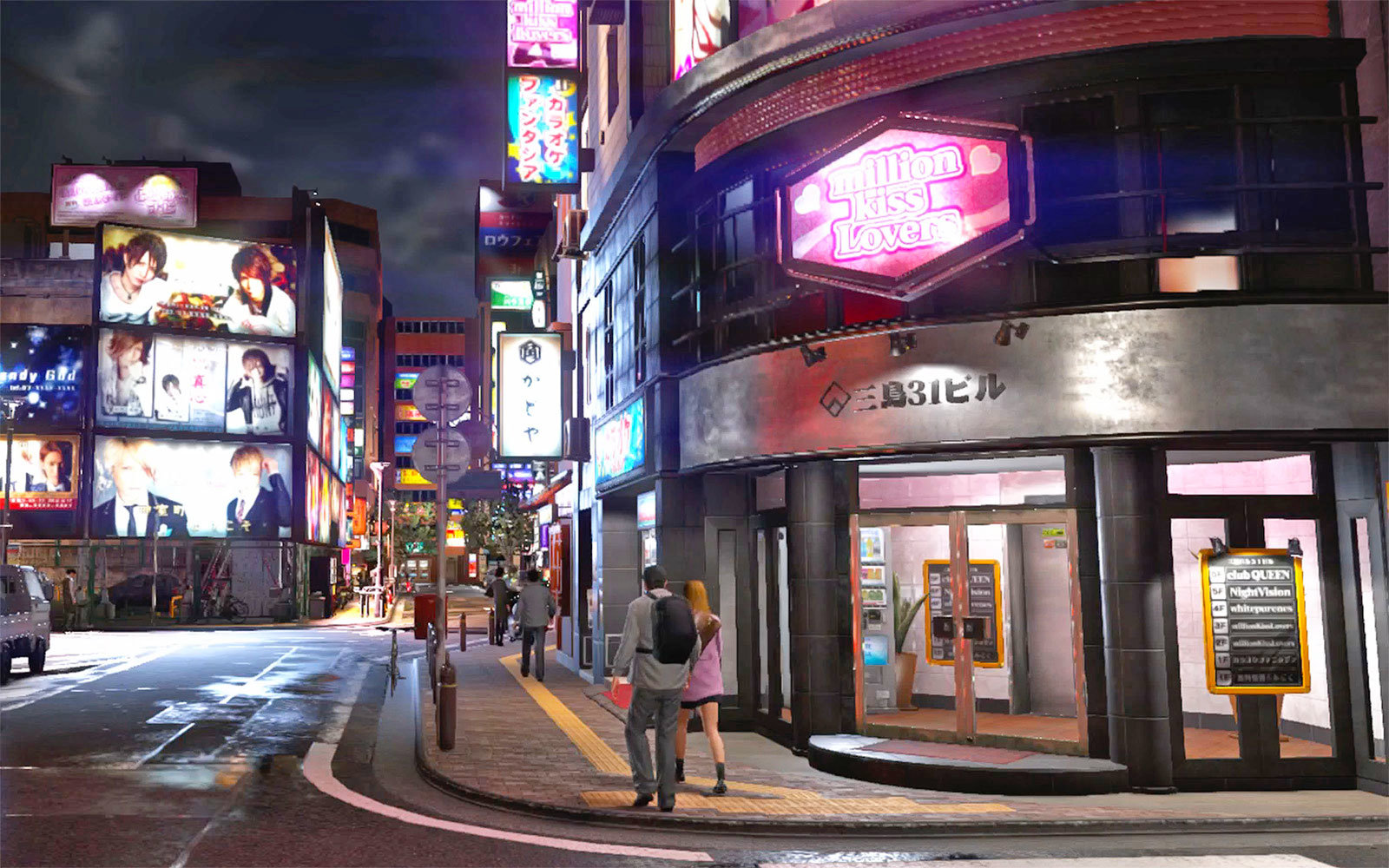





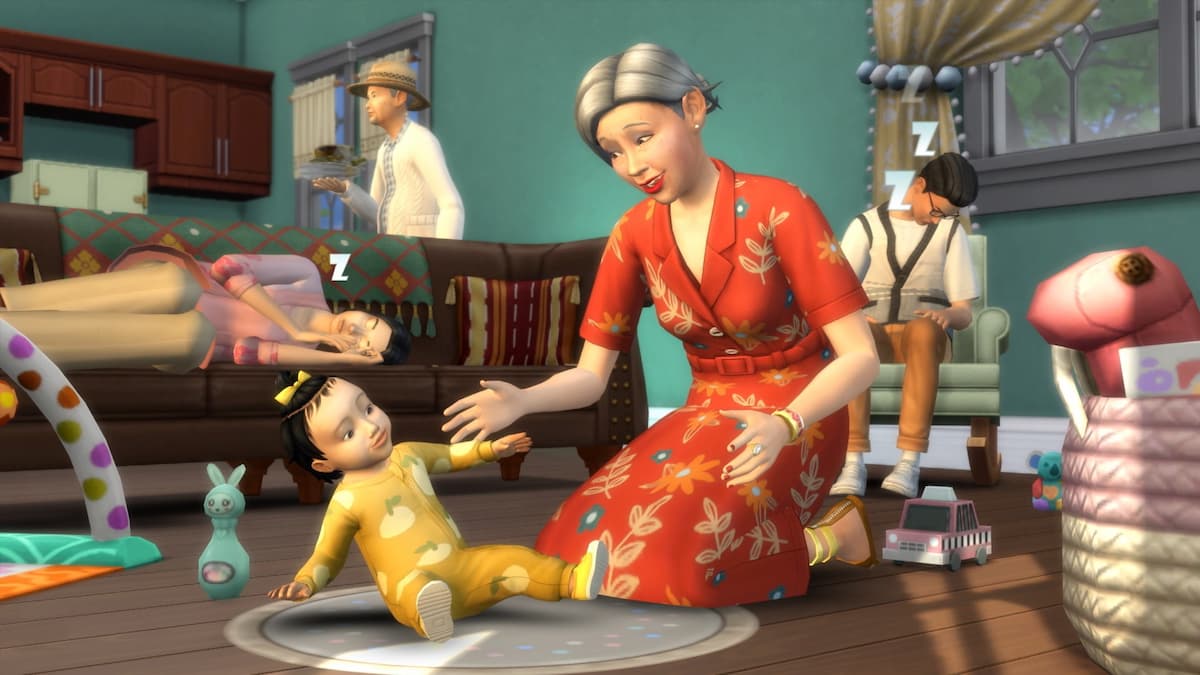
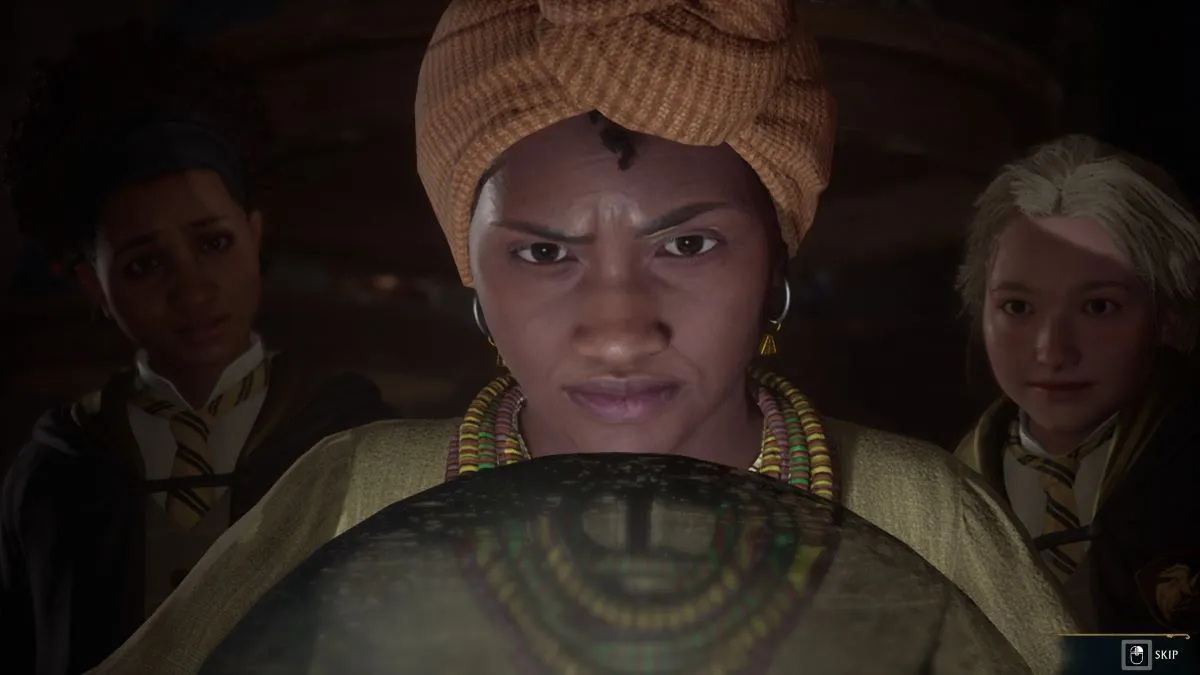
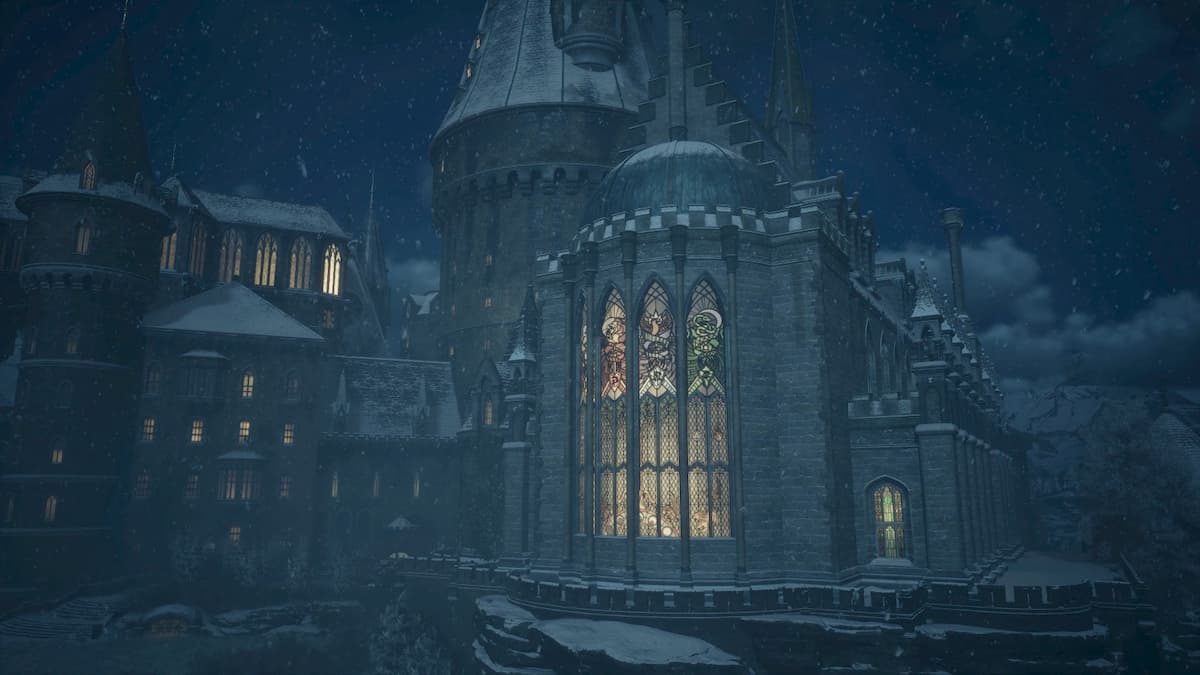
Published: Mar 22, 2019 04:39 pm